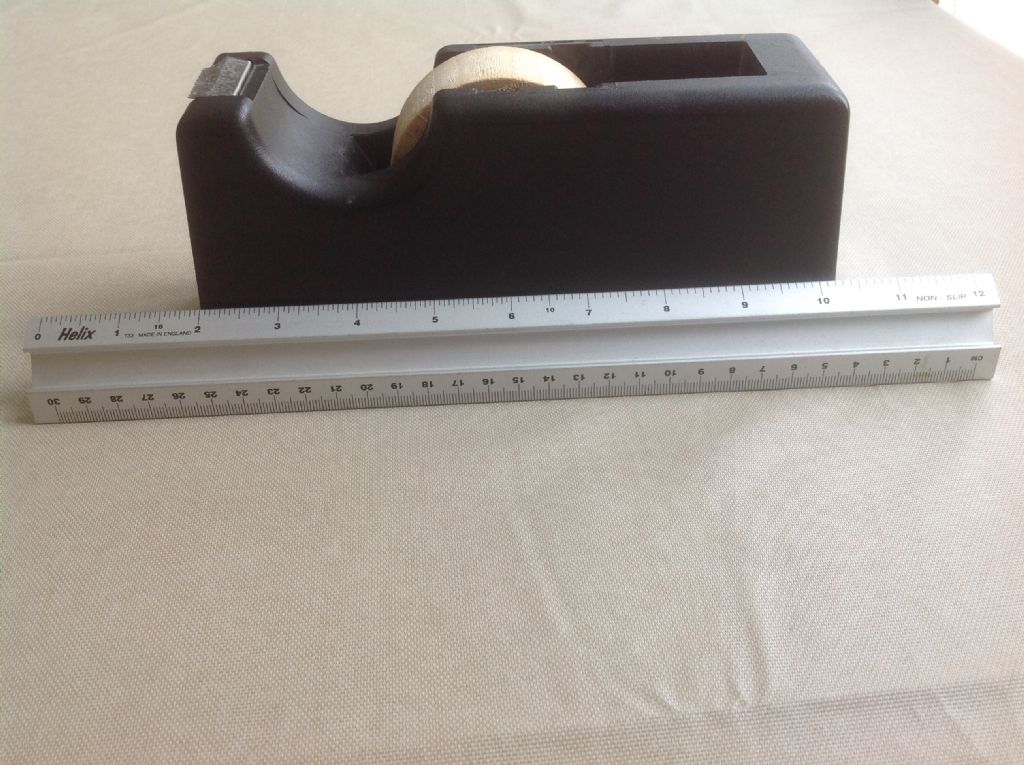Posted by Grindstone Cowboy on 24/03/2022 08:49:11:
Posted by Hopper on 24/03/2022 04:24:06:
The other factor you may need to take into account is that the edge of the scalpel blade is in effect a bevel
Excellent point, and one that probably has not been taken into account. I seem to recall left and right-handed ground marking knives for woodworkers – fire up the Google machine, we may be looking for those next 
Rob
Since you ask….
Yes it's a slightly interesting question. Obviously to get the bevel error one measures the blade width then one divides by 2. Depending on what I'm doing, in general, for me anything less than 0.25mm error I tend to ignore.
Of my blades, for heavier cuts… yes I do start to think about it:
– Snap-off blade (carbide): <0.5mm ==> 0.25mm error
– Stanley Blade: < 0.6mm ==> 0.3mm error
However for these I simply ignore the error completely:
– Logan Matt Knife: 0.3mm ==> 0.15mm error
– Rotary Cutter: 0.3mm ==> 0.15mm error
– Scalpel blade (S-M): 0.4mm ==> 0.20mm error





Well… you did ask 
TBH, I tend to avoid the Stanley blade except for rare brute-force situations.
IME, the other thing that CAN happen – e.g. when cutting greyboard or 'millboard' – is that particularly if you don't have the thinner blades correctly aligned… either the blade itself can bend, or it can stretch the material being cut. And on longer cuts this can create massive errors (> 1.0mm).
For straight line cuts on thing/softer materials the rotary cutter is a game-changer. For shorter cuts that need to stop at a precise point, you can't beat a nice, new scalpel blade.
Talking of which, personally I don't find Swann-Morton last very well, and I find I can damage import work quite easily with a blunt S-M blade. But at least they are cheap, so I now tend to replace blades at the start of EVERY important new cutting session.
If anyone knows of better quality /(carbide?) blade scalpel blades, please let me know.
J
Edited By Donald MacDonald 1 on 24/03/2022 12:20:11
Donald MacDonald 1.















